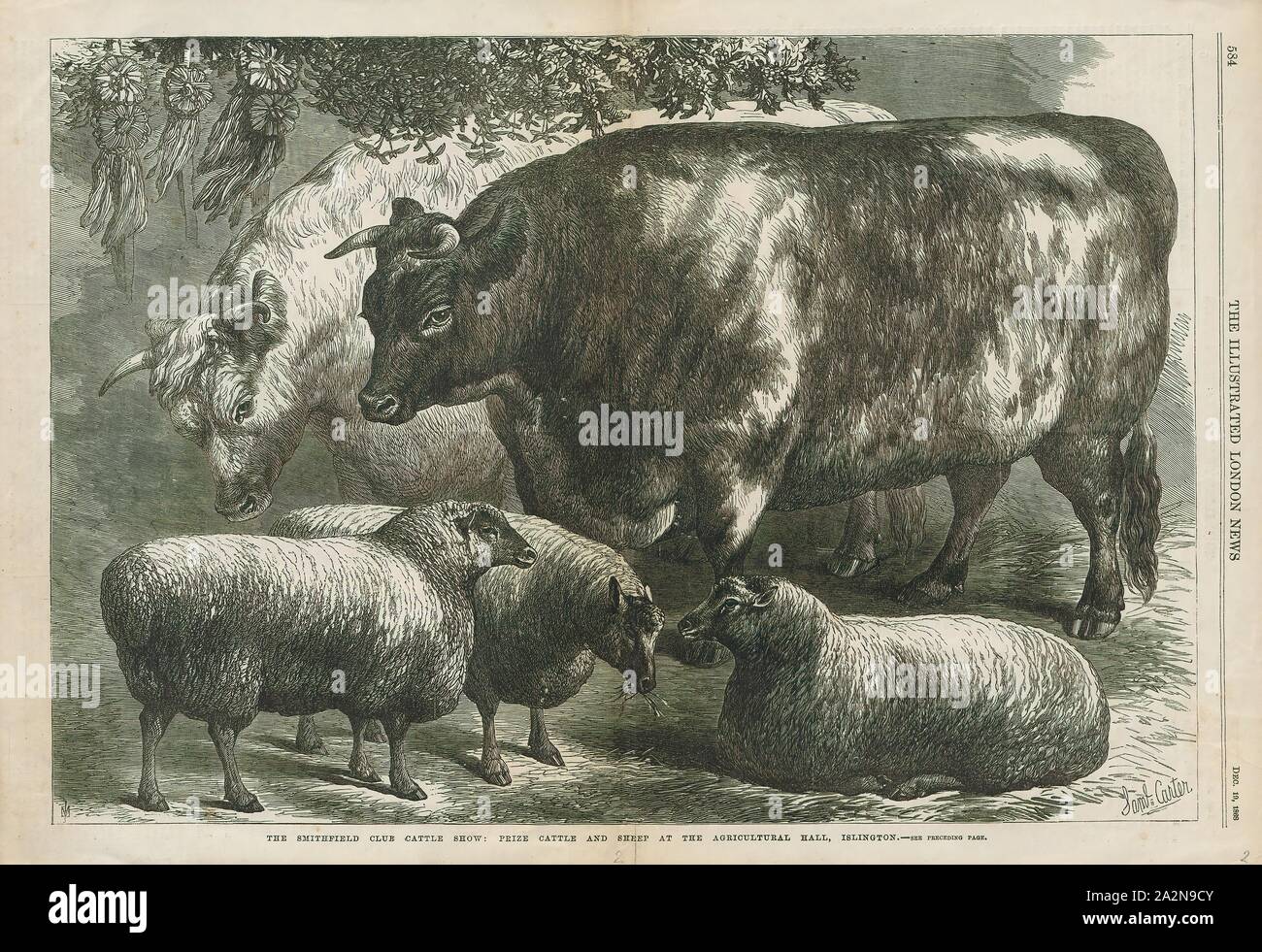Ovis aries, Print, Domestic sheep (Ovis aries) are quadrupedal, ruminant mammals typically kept as livestock. Like most ruminants, sheep are members of the order Artiodactyla, the even-toed ungulates. Although the name sheep applies to many species in the genus Ovis, in everyday usage it almost always refers to Ovis aries. Numbering a little over one billion, domestic sheep are also the most numerous species of sheep. An adult female sheep is referred to as a ewe, an intact male as a ram or occasionally a tup, a castrated male as a wether, and a younger sheep as a lamb., 1868

RMID:Image ID:2A2N9CY
Image details
Contributor:
Penta Springs Limited / Alamy Stock PhotoImage ID:
2A2N9CYFile size:
57.4 MB (5.9 MB Compressed download)Releases:
Model - no | Property - noDo I need a release?Dimensions:
5408 x 3708 px | 45.8 x 31.4 cm | 18 x 12.4 inches | 300dpiPhotographer:
ArtokoloroMore information:
This image could have imperfections as it’s either historical or reportage.
Ovis aries, Print, Domestic sheep (Ovis aries) are quadrupedal, ruminant mammals typically kept as livestock. Like most ruminants, sheep are members of the order Artiodactyla, the even-toed ungulates. Although the name sheep applies to many species in the genus Ovis, in everyday usage it almost always refers to Ovis aries. Numbering a little over one billion, domestic sheep are also the most numerous species of sheep. An adult female sheep is referred to as a ewe, an intact male as a ram or occasionally a tup, a castrated male as a wether, and a younger sheep as a lamb., 1868